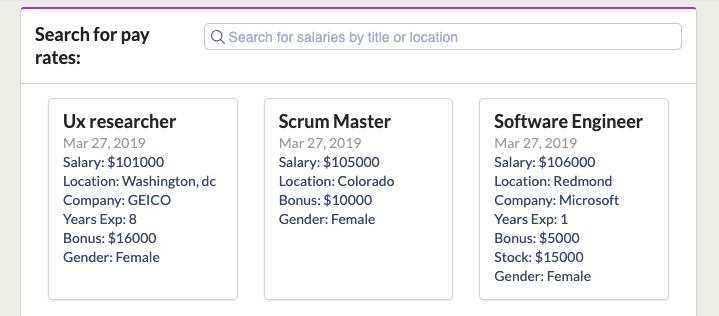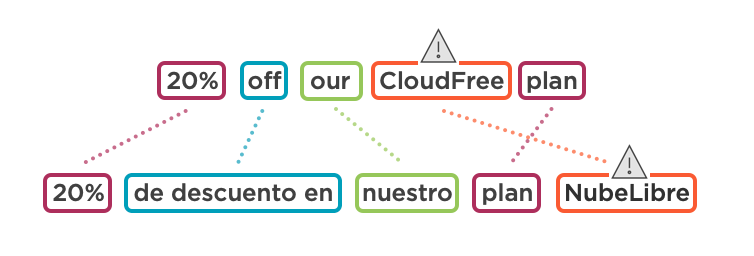In the past several months I’ve seen a lot of buzz surrounding salary, pay transparency, and pay equity. So I decided to build a project that empowers workers to post their salary information and search over other salaries - introducing Tech Pay Rates.
Let’s take a look at the tool’s purpose and how it’s put together.




